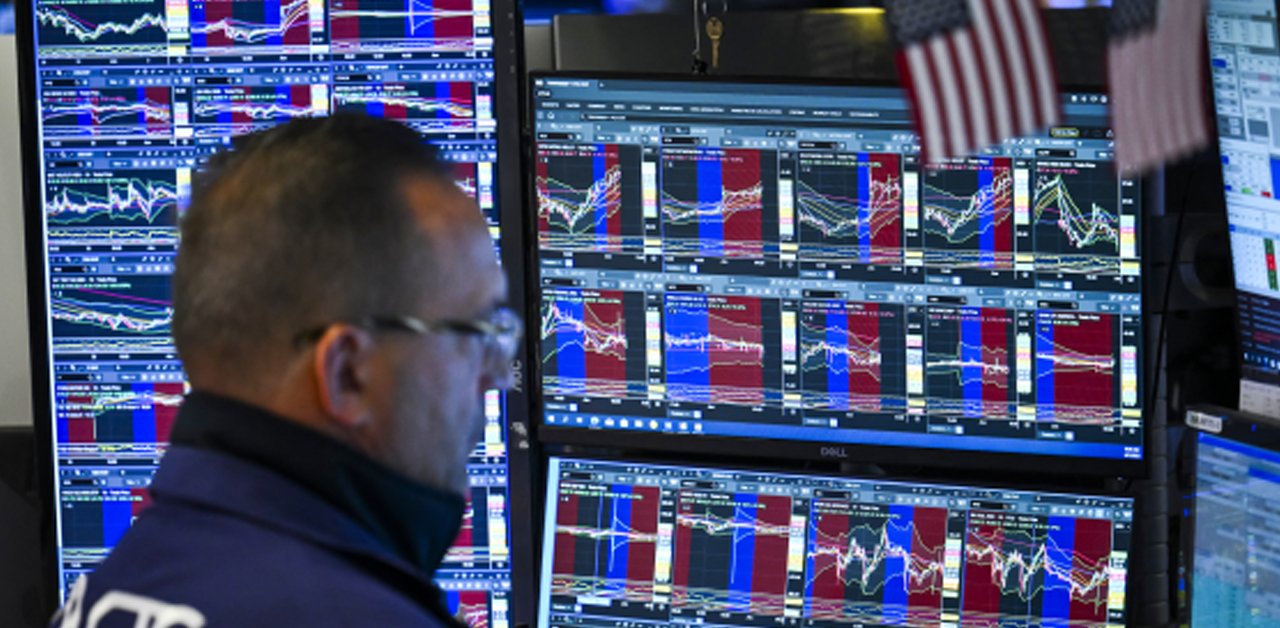Factory growth in the Euro zone slowed in March, Indicating downturn possibility
According to a study, manufacturing growth in the Eurozone slowed considerably last month as Russia’s invasion of Ukraine tightened supply chain bottlenecks, reduced demand, and shook confidence, while increasing energy costs prompted a broader price rise. The invasion’s uncertainty, combined with a worsening cost-of-living issue, implies the bloc’s industrial economy might enter a slump this quarter.
The final manufacturing Purchasing Managers’ Index (PMI) from S&P Global dipped to a 14-month low of 56.5 in March, down from February’s 58.2, missing an early “flash” estimate of 57.0 but still far over the 50 level that divides expansion from contraction. The output index, which feeds into a composite PMI anticipated next week and is considered a strong gauge of economic health, fell to 53.1 from 55.5, the lowest level since June 2020, when the EU was dealing with the first wave of the coronavirus epidemic. “Just as the last pandemic wave faded, producing a tailwind for the euro zone industrial recovery, with economies reopening and supply chain bottlenecks clearing,” said Chris Williamson, chief business economist at S&P Global.
“Growth rates have slowed significantly as a result of sanctions, rising energy costs, and new supply limitations due to the war.” Overall demand slowed as firms raised prices at the quickest rate since S&P Global began tracking the data in 2002, owing to rising input costs. For the first time since June 2020, export orders, which include commerce between member nations, fell.
According to a Reuters poll, inflation in the eurozone likely rose to 6.6 percent last month, putting pressure on European Central Bank officials to hike interest rates. Indicators of regional confidence have fallen, with the future output PMI falling to 54.4 from 68.5, its lowest level since May 2020. “Business confidence in the goods-producing sector has dropped to a level suggestive of manufacturing production decreasing in the second quarter, adding to the likelihood of a new recession in the manufacturing sector,” Williamson said.











